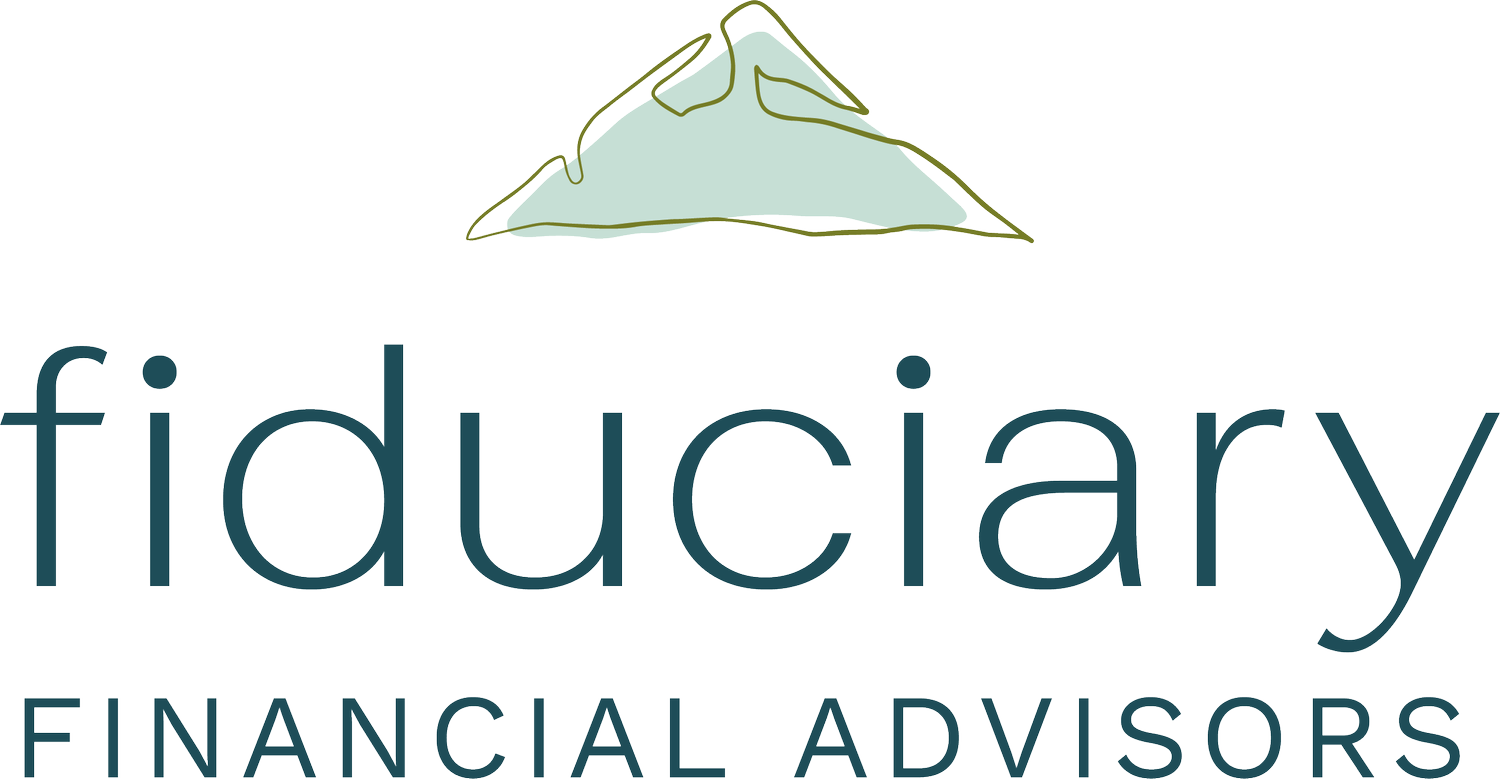How to Use 529 Plans (and What’s New with the OBBBA)
When it comes to saving for education, 529 plans remain one of the most powerful tools available. They offer tax advantages, flexibility, and now—thanks to recent updates from the Opportunity to Build a Better Budget Act (OBBBA)—even more options for how families can put that money to use. Whether you’re a parent, grandparent, or just someone planning ahead, it’s worth understanding how these accounts work and what’s changed.
What Is a 529 Plan?
A 529 plan is a tax-advantaged investment account designed to help pay for education expenses. You contribute after-tax dollars, the investments grow tax-free, and withdrawals are also tax-free—as long as they’re used for qualified education expenses.
There are two main types of 529 plans:
Savings Plans: Investment accounts for future education costs.
Prepaid Tuition Plans: Lock in current tuition rates at eligible public colleges.
Most people use the savings version, which offers more flexibility and broader investment choices.
What Can 529 Funds Be Used For?
Historically, 529s could only be used for college tuition and fees, but in recent years the rules have expanded. Here's what they now cover:
Tuition and fees for college, graduate, and vocational schools
Room and board (for students enrolled at least half-time)
Books, supplies, and equipment
Computers and internet access if required for school
K–12 tuition (up to $20,000 per year per student starting in 2026)
Student loan repayment (up to $10,000 per beneficiary)
What’s New Under the OBBBA?
The Opportunity to Build a Better Budget Act (OBBBA), passed in 2025, made several updates to how 529 accounts can be used—expanding their appeal and usefulness.
Here are the key changes:
1. 529s Can Now Cover Certain Educational Support Services
The OBBBA expands qualified expenses to include services like:
Educational therapy
Behavioral support
Specialized tutoring
This is a big win for families with neurodivergent learners or students with learning differences.
2. More Flexibility for Career & Technical Education
Vocational and trade school expenses have always been eligible, but the OBBBA clarified and expanded this to include:
Apprenticeship programs
Credentialing and licensure prep
Tools and equipment required for training
This change recognizes that not all paths require a traditional four-year degree.
3. Rollovers to Roth IRAs – Final Clarifications
While the SECURE 2.0 Act allowed limited rollovers from 529 plans to Roth IRAs starting in 2024, the OBBBA clarified some rules:
Maximum lifetime rollover: $35,000
Account must be open for 15+ years
Contributions (and earnings on those contributions) made in the last 5 years don’t count
This gives account owners another backup use for leftover funds—but it’s not a free-for-all.
Pro Tips for Using a 529 Plan Wisely
Start early. The earlier you begin saving, the more time your money has to grow.
Name yourself as the owner. This gives you control, even if the beneficiary changes.
Overfunding? Consider using excess funds for:
Another child or relative - creating a legacy education account for generations to come!
Your own continuing education
A Roth IRA rollover (if eligible)
Watch for state tax perks. Many states offer deductions or credits for in-state 529 contributions.
Coordinate with other aid. 529 withdrawals can impact financial aid calculations—timing matters.
529 plans were already a smart way to save for education. With the updates from the OBBBA, they’re now more versatile and inclusive than ever before. Whether you’re funding college, trade school, or supporting a child with unique educational needs, your 529 can be a powerful piece of your financial strategy.
Need help setting one up—or making sure you’re using it efficiently? Let’s talk.
Recent Articles Written by Kristiana:
Fiduciary Financial Advisors, LLC is a registered investment adviser and does not give legal or tax advice. Information presented is for educational purposes only and does not intend to make an offer or solicitation for the sale or purchase of any securities. The information contained herein has been obtained from a third-party source which is believed to be reliable but is subject to correction for error. Investments involve risk and are not guaranteed. Past performance is not a guarantee or representation of future results.
Fiduciary Financial Advisors does not give legal or tax advice. The information contained does not constitute a solicitation or offer to buy or sell any security and does not purport to be a complete statement of all material facts relating to the strategies and services mentioned.














